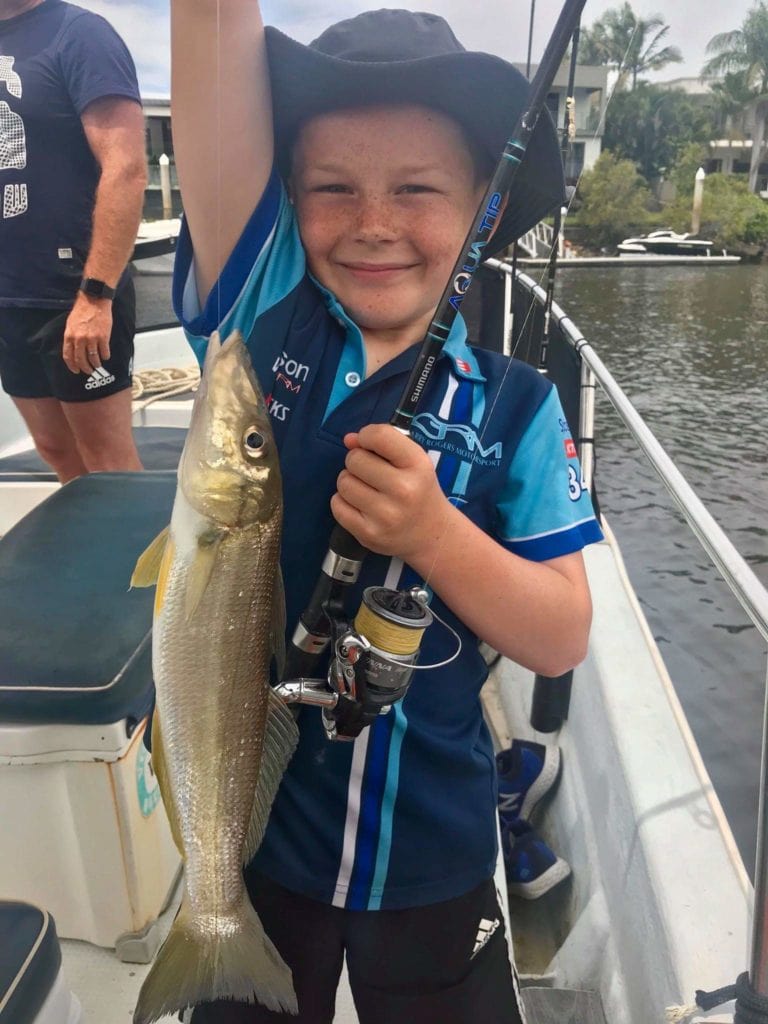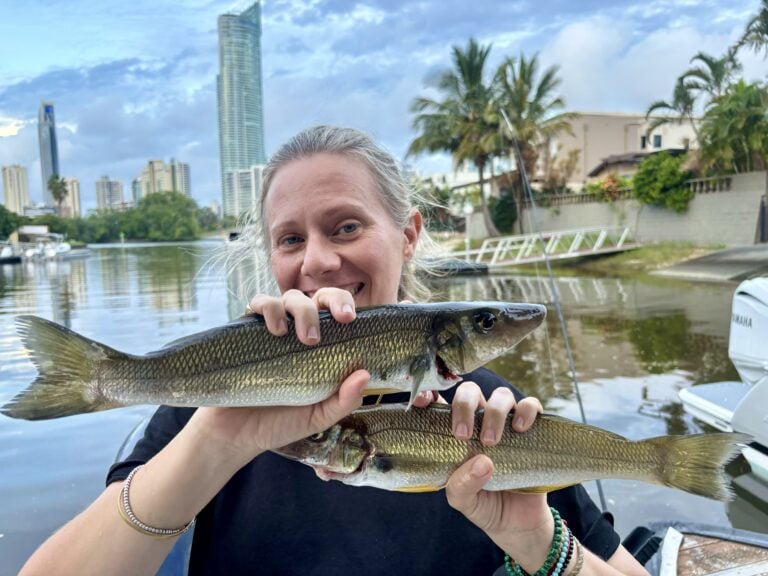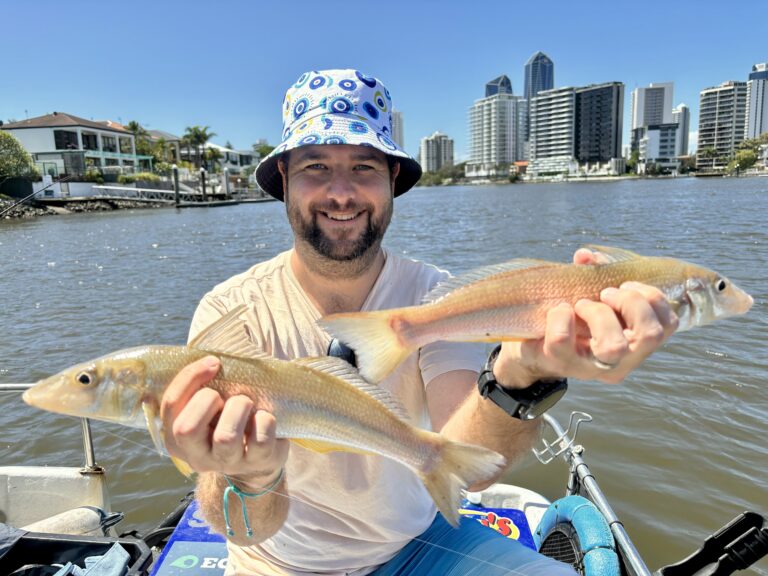By Clint Ansell & Brad Smith
Wading the sand flats.

For me there is no better and easier way to escape the world’s dramas than wading solo while finesse fishing in shallow, clear water.
Using yabbies and surface lures you are guaranteed some action and it is incredibly relaxing. I’ve caught everything from tiddlers up to marlin and this is my favourite style of angling.
There are huge yabby banks in the Gold Coast broadwater but this article applies anywhere similar in Australia that’s open to recreational fishing.

USING YABBIES by Clinto
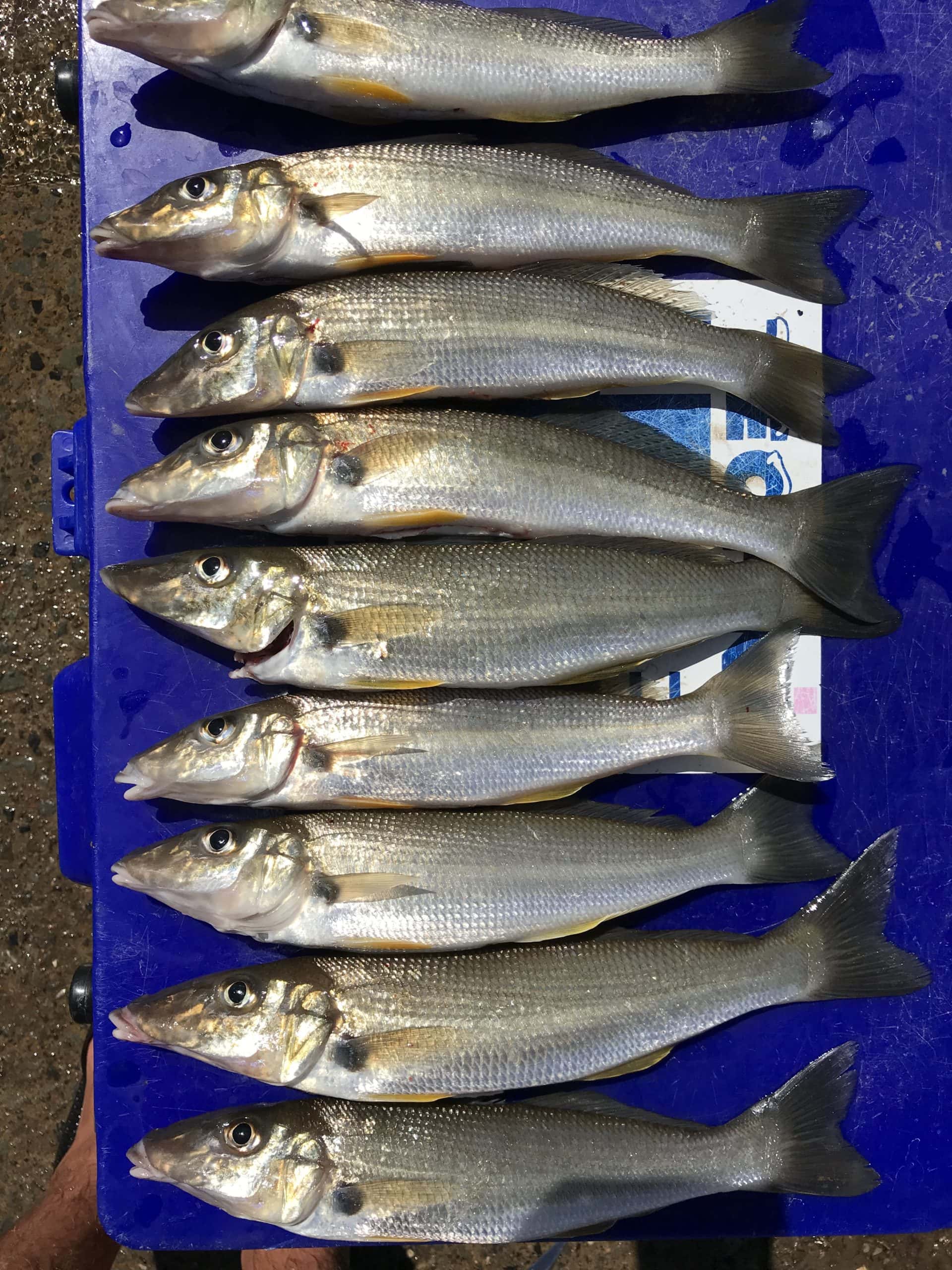
To start with, pump some fresh yabbies.
They can be easily accessed in the last two hours of run out tides, just look for the little holes and keep pumping three or four times per hole. Sometimes the better yabby sizes and numbers are buried deeper. The middle size yabbies make the best baits.
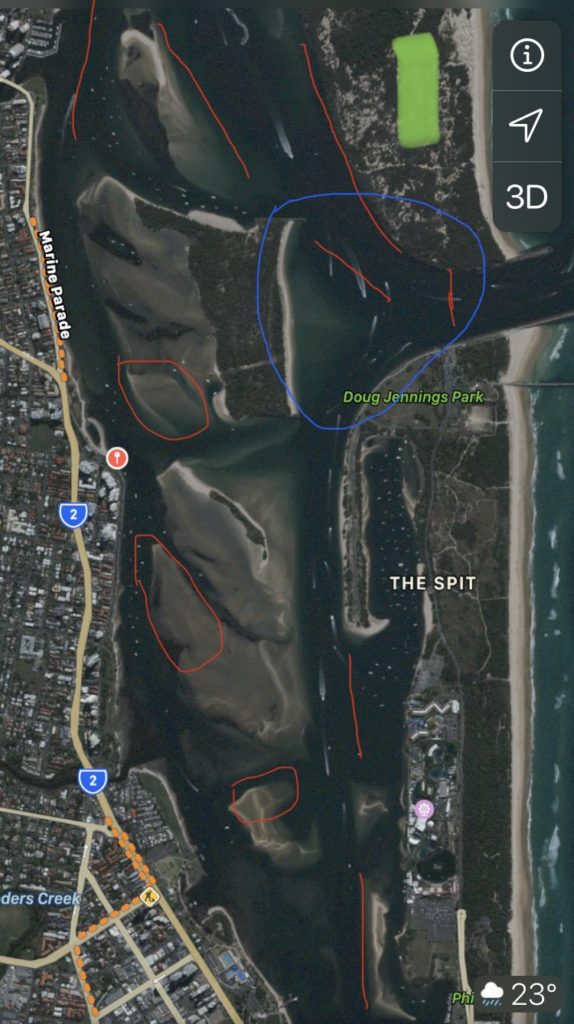
All you need are light 1-4kg spinning rods, 1000 or 2500 size reels, filled with 4-6 lb spinning fluorocarbon line. I use Atomic Arrowz and Shimano bream finesse Raider rods with Shimano Sienna HG reels and they do the job perfectly. Braid is not necessary unless using lures and makes it harder to retie during a hot session. You can use a small running sinker on a trace but I prefer no sinker at all, just a no.6 size short baitholder hook.
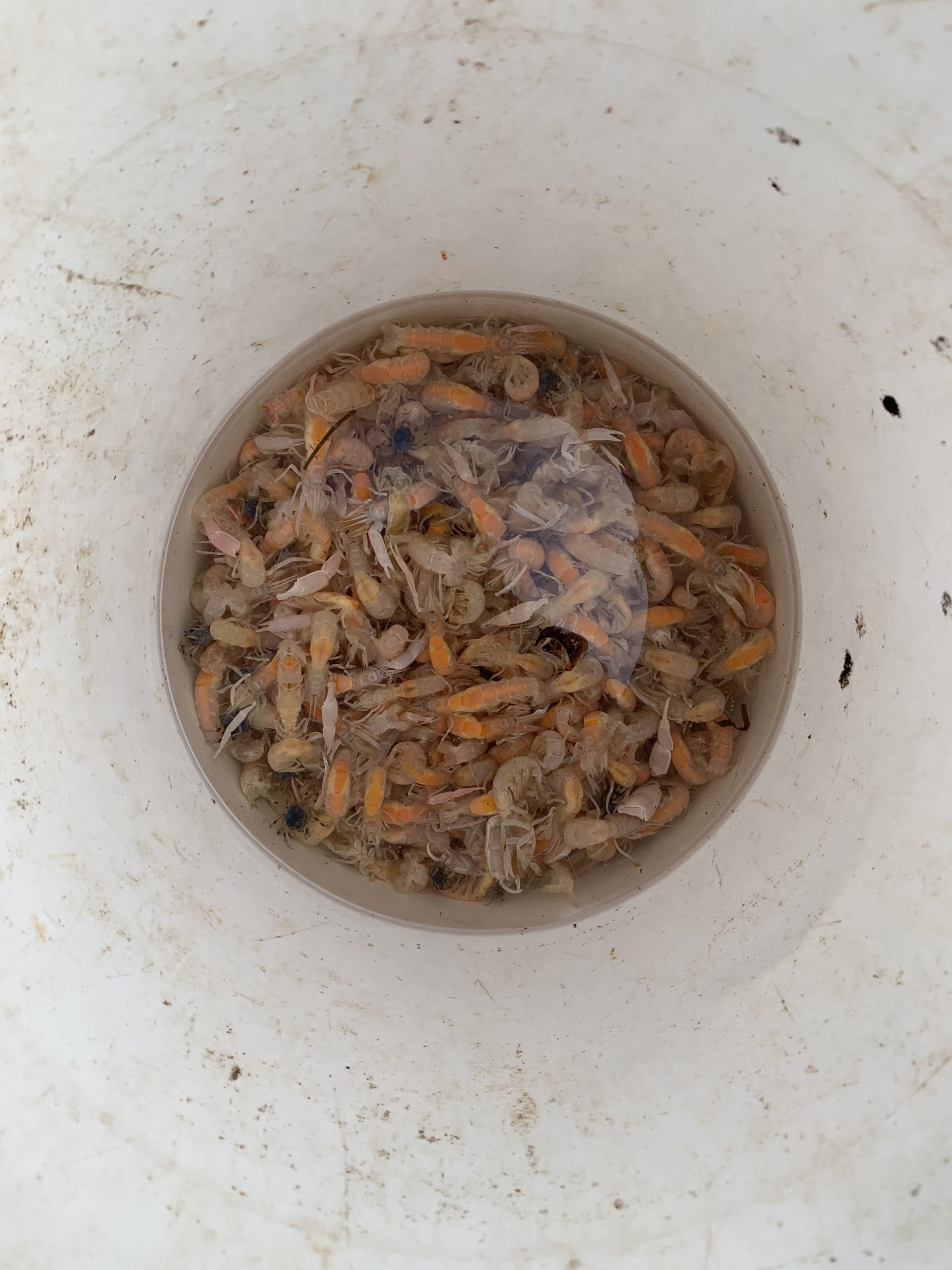
Pull up to a yabby bank by boat, kayak or land based within the last few hours of the run out tide, and anchor your boat just off the edge of the bank. First hop off with your yabby pump, sieve and bucket and get enough bait for about three to four hours of fishing. Then return to the boat and drop off the pump and sieve. If you’re walking a distance from the boat take the bucket of yabbies with you to top up your shoulder bag baitbox during the session.
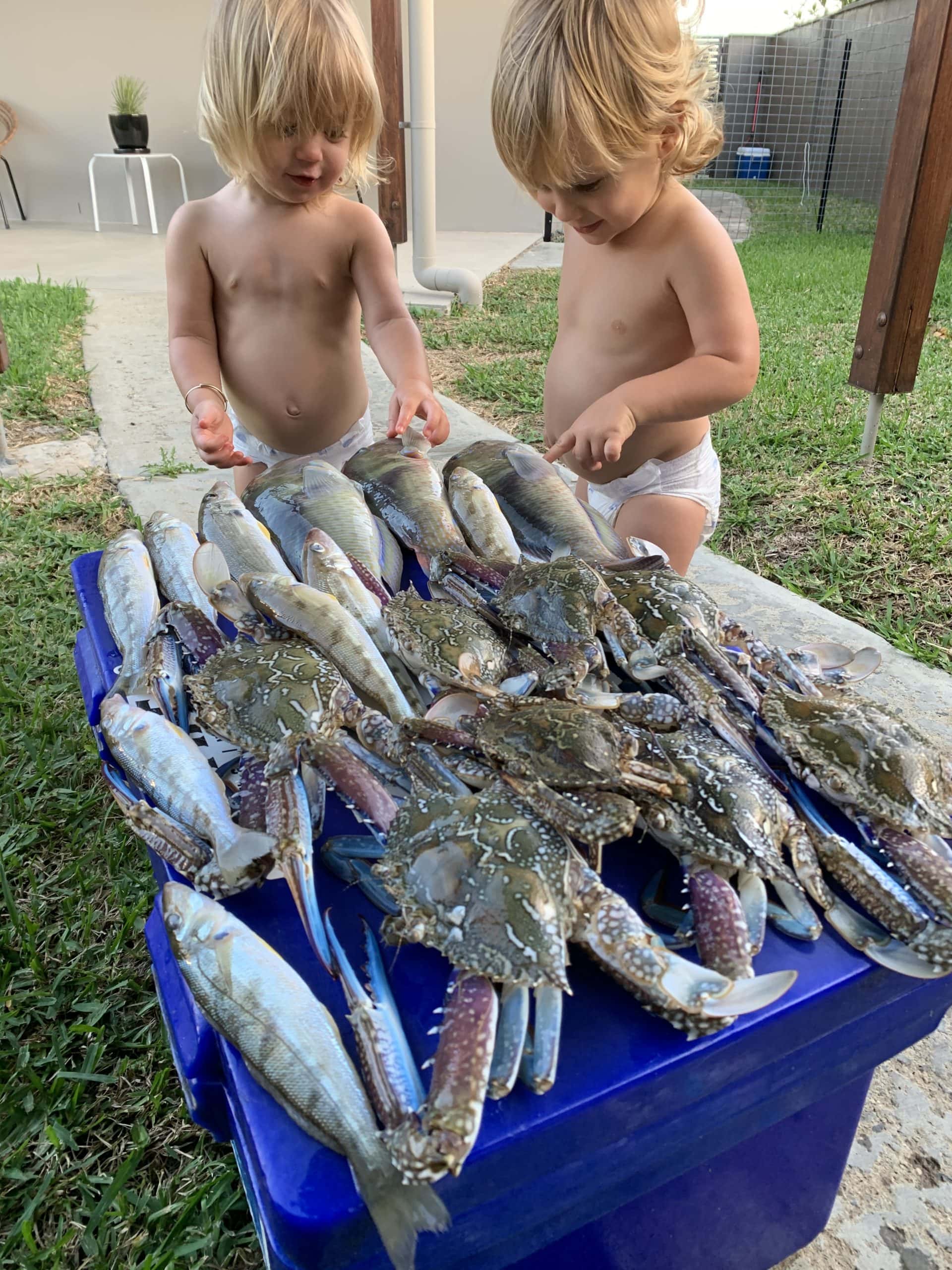
You will need your shoulder bag at this point to make the session easier by keeping your hands free while fishing and unhooking fish. These are available at most tackle shops and the good ones have compartments for the bait box, fill it with a mini tackle box for spare hooks and sinkers, a set of long nosed plyers, a fish measuring tape or ruler, and the whiting if you’re after a feed. See the list below for everything you’ll need.
Place the small bait container in the bag and fill it with yabbies and a tiny bit of water and sand. Then grab your rod and start hunting, good polarised sunnies help spot the fish. Your eyes will get accustomed to seeing the shadows that whiting and other fish cast over the sand. Other fish that will turn up are trevally, bream and flathead.
Most of them are in ankle deep water so fish with the wind behind you and walk slowly over the top of the bank if it’s getting covered by water on a run in tide, or just off the edge if it’s dry at low tide. Start off by throwing a few loose yabbies into the water a few metres in front of you to call in the fish. You will notice smaller whiting first appear to grab a free meal with the bigger ones a bit more wary.
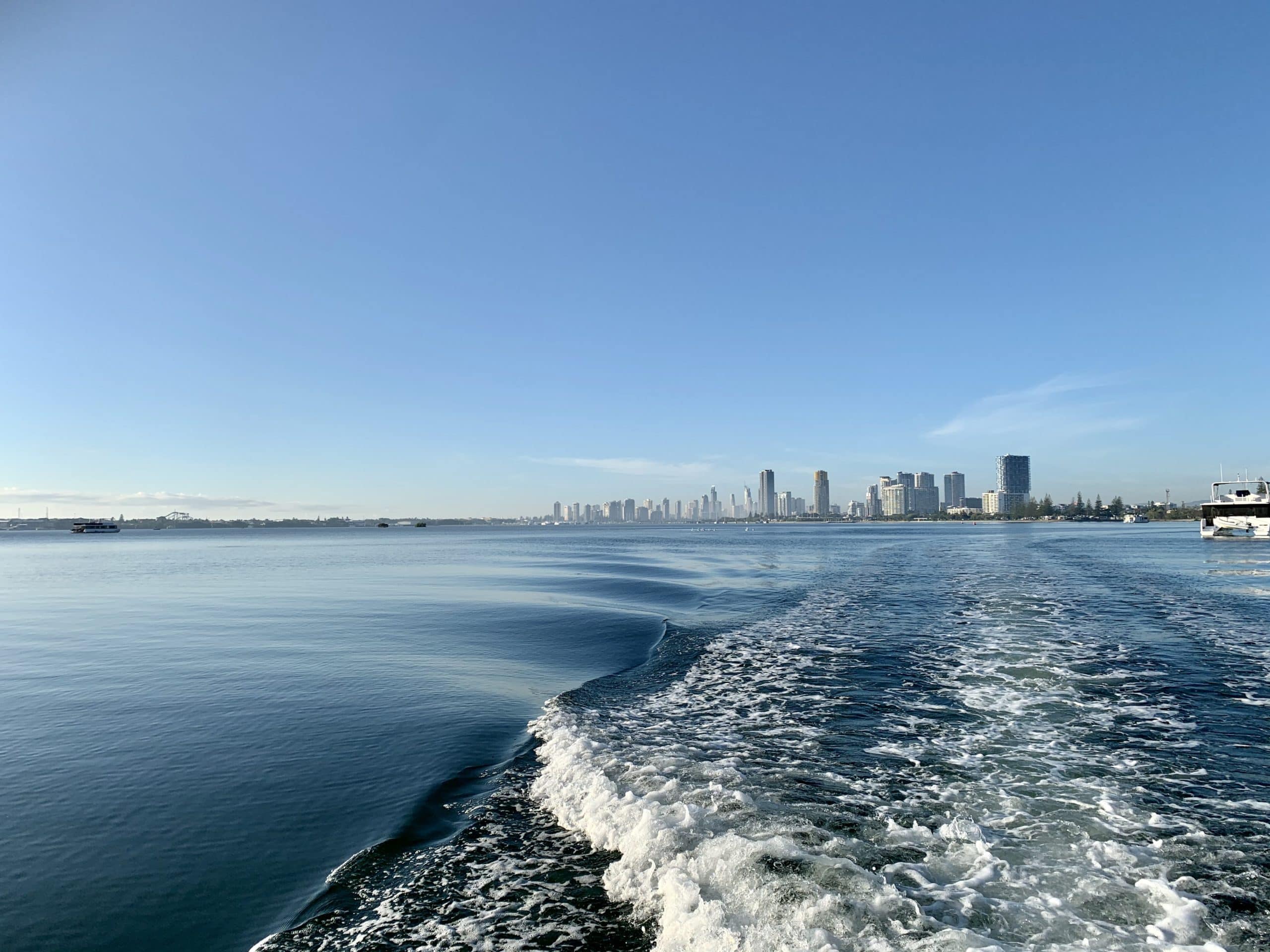
Then grab a yabby and pass the point of the hook just through the underside of the tail and no further. This way the yabby stays alive and looks more natural. This is further enhanced with no sinker and using fluorocarbon line which sinks faster than mono line.
If you do spot a bigger whiting try to gently cast towards that fish and let the yabby sink to the sand by keeping the line slack. A careful, smooth cast is essential to avoid losing the yabby. I let the cast go from up high to float the yabby through the air and get it out further. Then flick the bail arm over, take up the slack, flick the bail open again holding the line with one finger, and hold still waiting for a bite.
You can often watch the whiting grab the bait metres from you and take off in a hurry to escape from other fish wanting to steal it’s food.
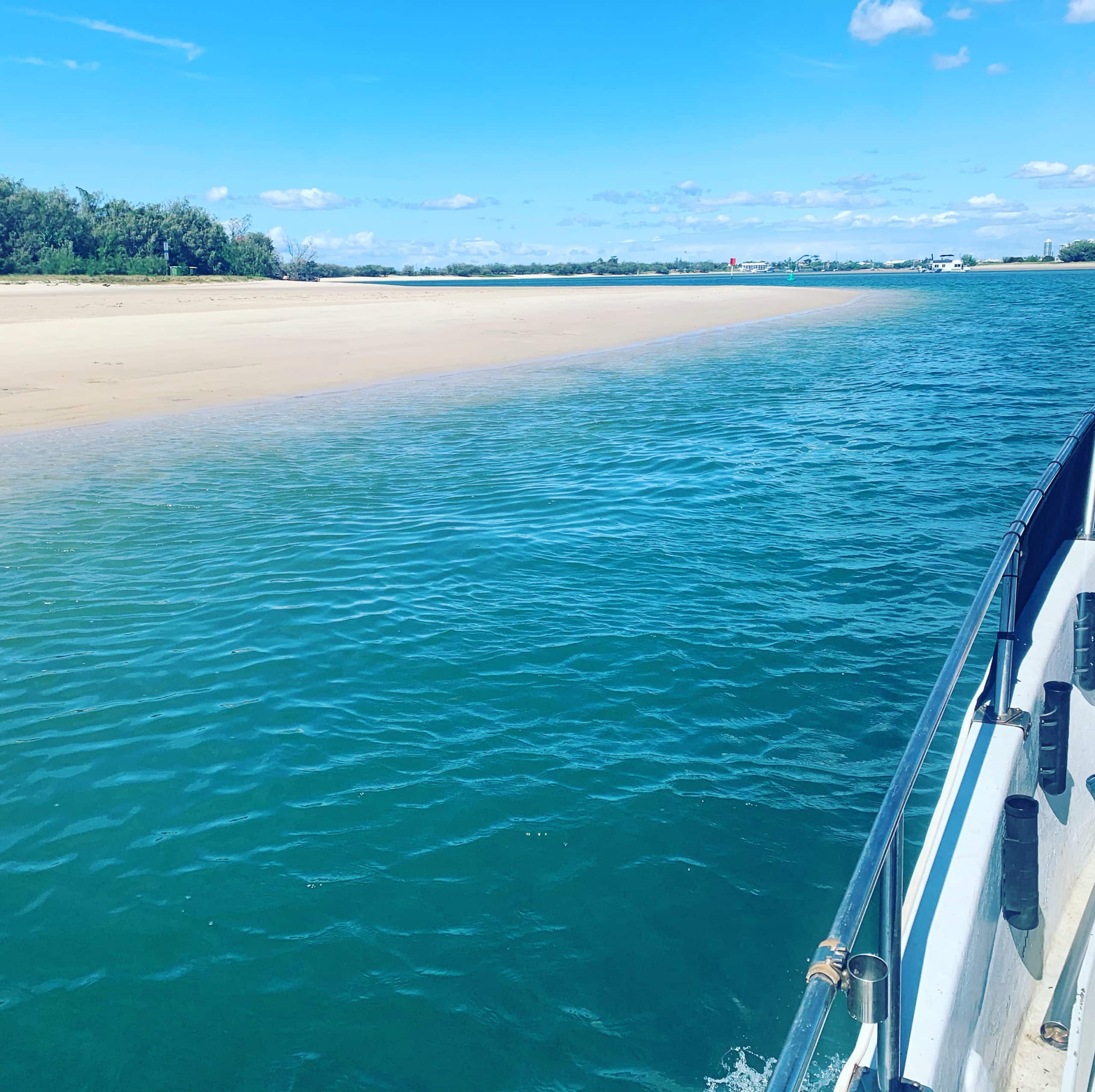
Be sure to have your bale arm open when feeling a bite to ensure a good hook up rate, and let the fish run counting for five seconds to ensure a better hook up rate. Then flick the bale arm over and slowly lift to set the hook and fight the fish. They go hard in shallow water! On light line make sure your drag is loose enough to avoid bust offs.
If you’re not getting bites after about a minute, flick the bail arm over and start winding very slowly. This often makes them chase and grab. As soon as you feel a tug, flick the bail open and let them run with it. If you still don’t get bites check your bait then wade around slowly and quietly until you find a school.
As the tide starts to run back in move to the shallowest edge of the water lapping on the bank, the whiting will be there waiting to access the yabby and soldier crab holes.
This form of fishing is as relaxing as it gets, and very rewarding for catching a delicious feed. Be aware of stingrays as you wade, and be as stealthful as possible so you don’t spook the fish, and adhere to size and bag limits.
It can be done in almost any weather with the wind at your bank, only use a small sinker if you really need to. You can work around most tides, I do like neap tides when shallow water sits over yabby banks longer. During these tides more whiting go hunting over the banks while the channels have not much run to help them gather food.
Extra tips:
*Keep moving slowly if you don’t get bites
*Try looking for holes that stingrays have dug out and cast yabbies into them
*Look for sand banks with heaps of yabby holes, especially if they have sudden drops offs on their edges, and shallow on top of the bank. Whiting will feed hard while they have enough water in those periods
*Get out there early before the noise, or fish banks that are away from busy channels
*Shuffle along instead of stepping to stalk fish without spooking them, cast slowly and gently. No sudden movements
*Big whiting can be in ankle deep water. As the tide rises over banks they will be eager to access new holes and loose food
*Same goes for run out tide, they will keep feeding in shallows until they are forced to retreat to deeper water
Brad Smith wrote the below guide on using surface lures. You can also cast and use a hopping retrieve other lures such as hardbodies, soft plastics and vibes in these shallow areas.
LURES by Smithy
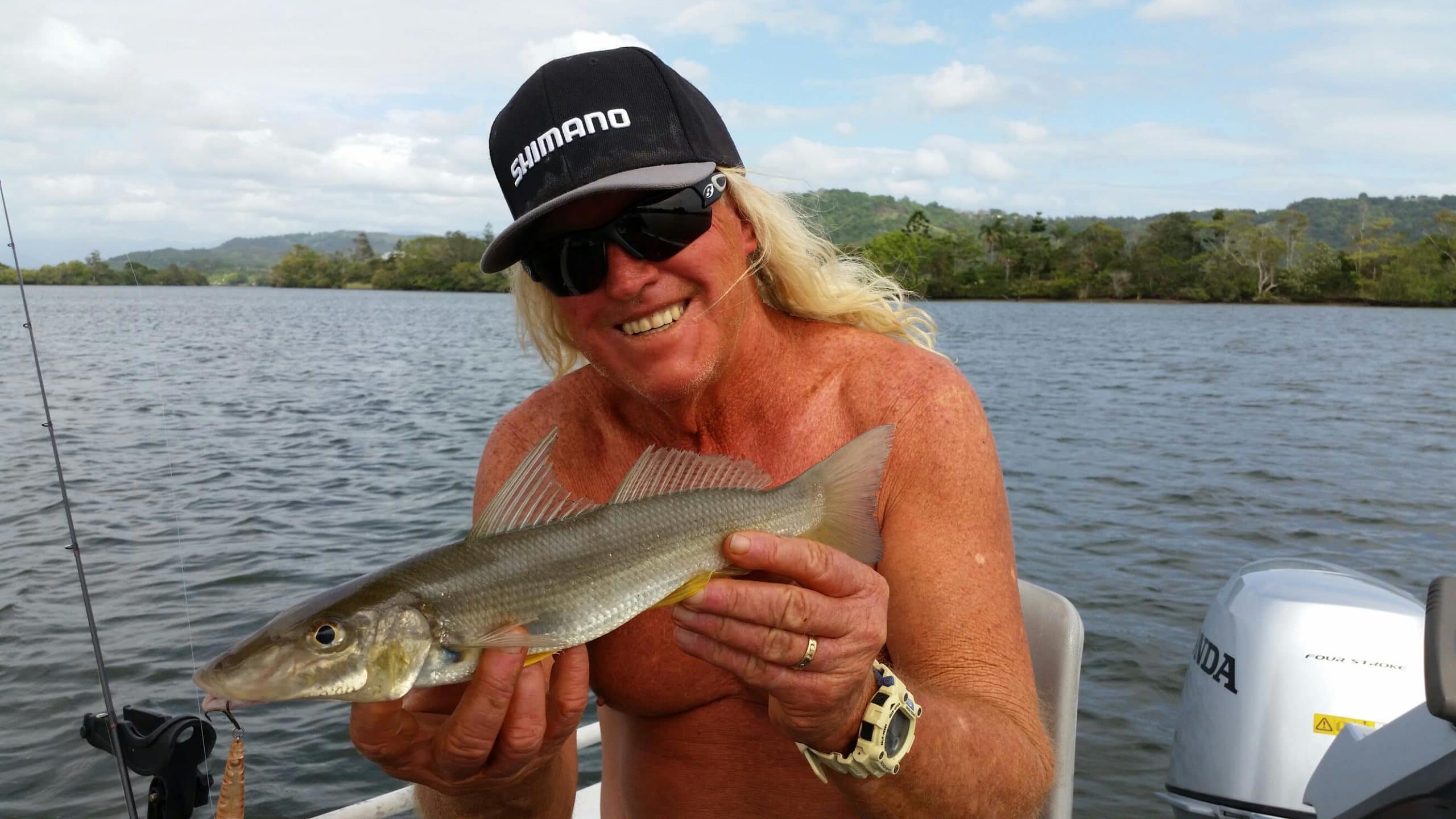
For added fun cast and retrieve surface lures for aggressive strikes from whiting in shallow water less than 0.5m deep. Early morning is the best time before the waterways get noisy.
The locally made MMD splash prawns are great little lures for this form of fishing.
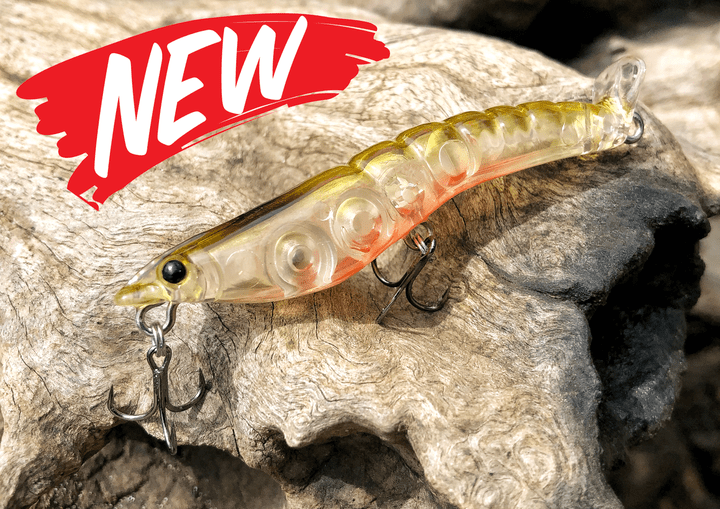
The main reason the whole concept of whiting on surface holds some mystery and disbelief is us older anglers were taught that whiting are only bottom feeders is basically correct in most cases, but with some wizardry in choosing the correct lures, locations and technique, they will readily rise and repetitively smash a surface lure.
The concept of whiting on surface was discovered by using small standard cup-faced poppers and they still work well, but in recent years the first choice of lures has been stickbaits. Through trial and error I have found Bassday Sugapen and MMD Splash Prawn lures the way to go for the best results.
Locations
Choosing the correct areas to succeed with this technique is of utmost importance with the main thing to be looking for being very shallow water as I have found that they won’t rise in water that is over a metre in depth. Preferably my favourite depth is between 100mm and 500mm.
The shallows or flats as they are known should also hold the correct feeding environment for the whiting for example yabby holes, the edges of sea grass beds or in some spots shell grit. The good thing about finding these areas which are in most rivers is that the land-based anglers can even find spots without the need for a boat or kayak.
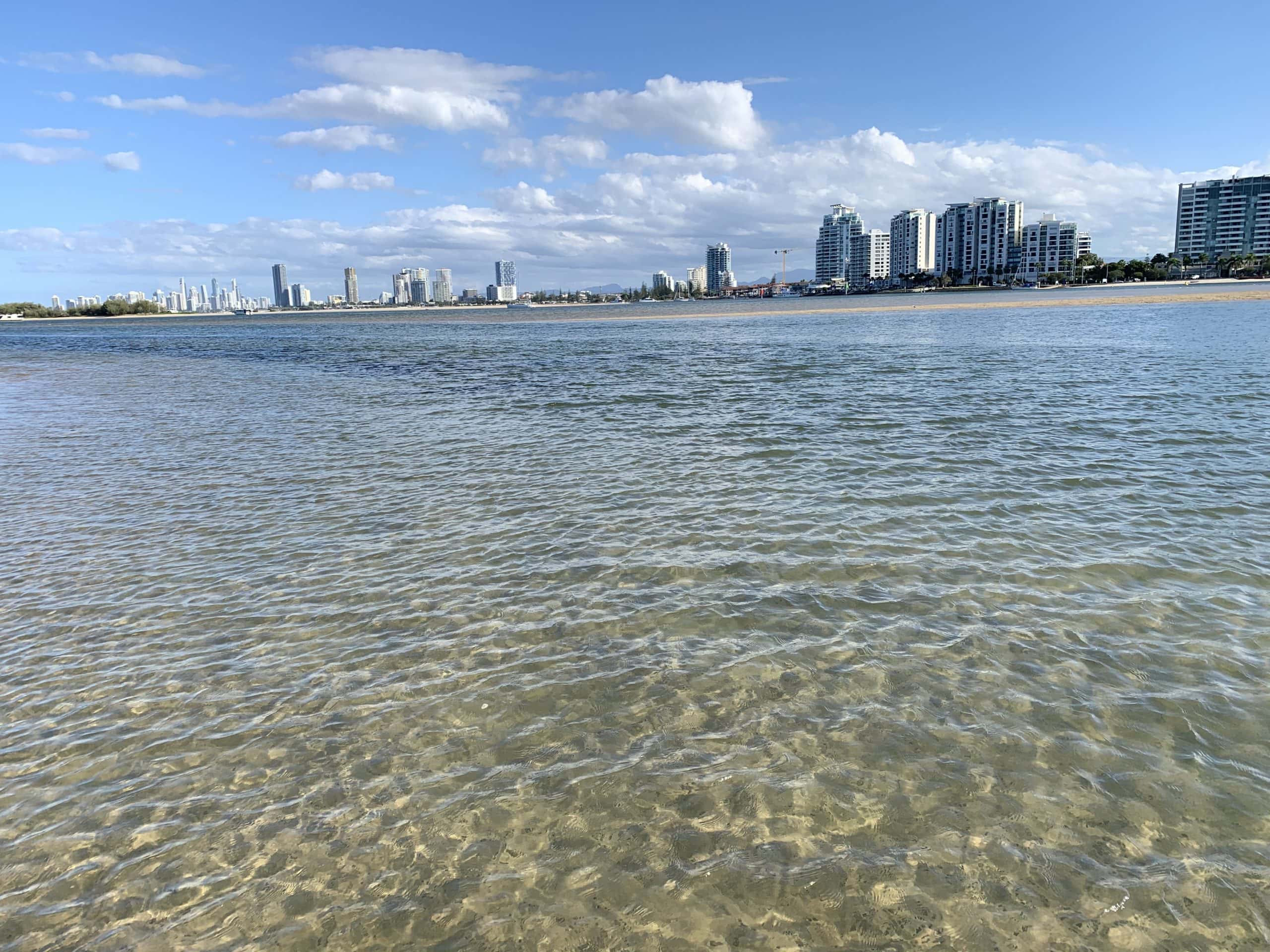
Technique
The best technique for getting the fish to rise is commonly known as walking the dog, which involves casting out and retrieving the lure with your rod tip held reasonably low while incorporating a small left to right twitch of the rod tip. This technique makes the move in a smooth and continuous motion that makes the lure spit water from the face of it at the same time, which imitates a fleeing terrified prawn.
The technique in its purity does take a degree of co-ordination, which comes quickly for some anglers, but others might struggle at first and pick it up with practice. When I have a client on my boat who might have a bit of trouble, I always tell them to loosen their grip of the rod, relax and try not to overthink and it will happen.
It is also important when the whiting start to follow and attack the lure on the surface that you keep your composure and keep the lure coming with the same speed and action.

If you strike, you will pull the lure away, or if you stop they will often go straight back to the bottom. The exciting thing about this technique is when it’s done right they will pursue the lure right up to a rod length away from you, which is a visual rush.
A couple of other tips might help you with success: the water must be reasonably clear so they can see the lure. It also helps if there is a bit of wind that will break up the surface tension of the water. I think the slight break in surface tension helps to hide the lure and mask its true identity.
LINKS:
I find the Seabreeze website quite accurate with their forecasts when planning the next day’s fishing, but I always check the bureau of meteorology’s forecasts as well.
To book on a personal guided sandbank wading charter with myself or Brad, or if you have any fishing related questions, SMS 0432 990 302 or email fishingwithclint@gmail.com, or find us on facebook: facebook.com/bradsmithfishingcharters
To buy some great quality lures, scent, line, leader browse our Facebook shop:
https://m.facebook.com/bradsmithfishingcharters/shop
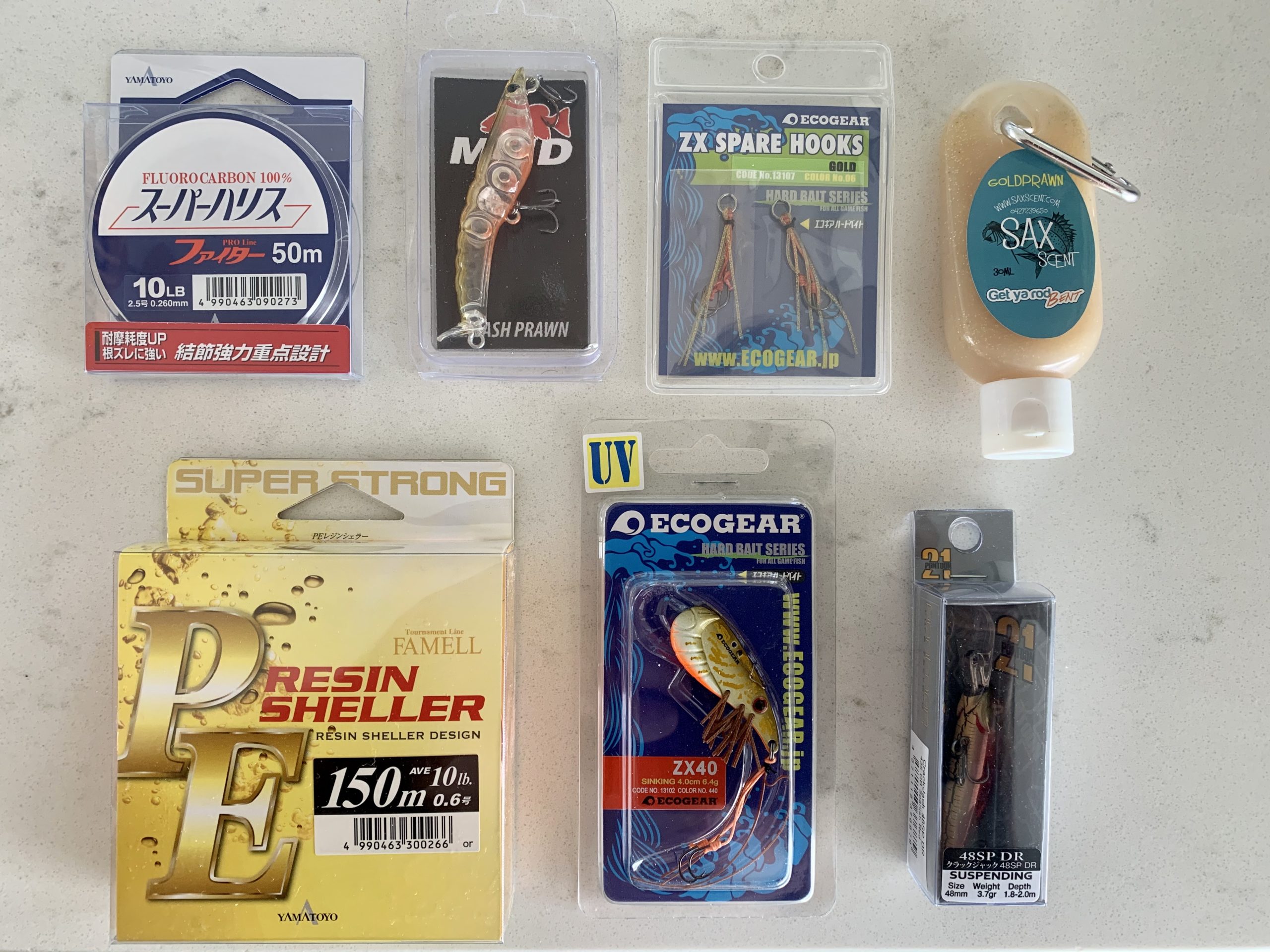
Wading equipment list:
Shoulder bag- Alvey is a good brand
Short baitholder hooks no.4-6 sizes
Samaki small long nose Plyers
Scissors
Knife
Fish measure ruler
Yabby bucket
Hat
Sunscreen/ zinc
Food/water
Polarised sunnies- Spotters or Tonic
Fishing shirt
Gillz face buff
Crocs shoes for shoeing away stingrays
Arrowz or raider rod/ Shimano sienna hg 1000 reel spooled with 4 lb spinning fluoro
Yabby pump/ small bucket
6 lb braid/ shimano mono leader for surface lures
Phone/ camera
Walkie talkie if fishing with a mate
Small landing net- trout size is ideal
Soft cloth- clean sunnies
Rag for wiping hands
Total initial investment budget $400-$700 for many years of enjoyment!

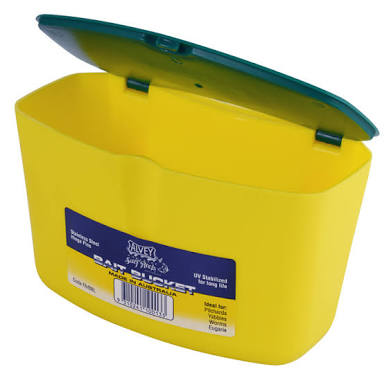

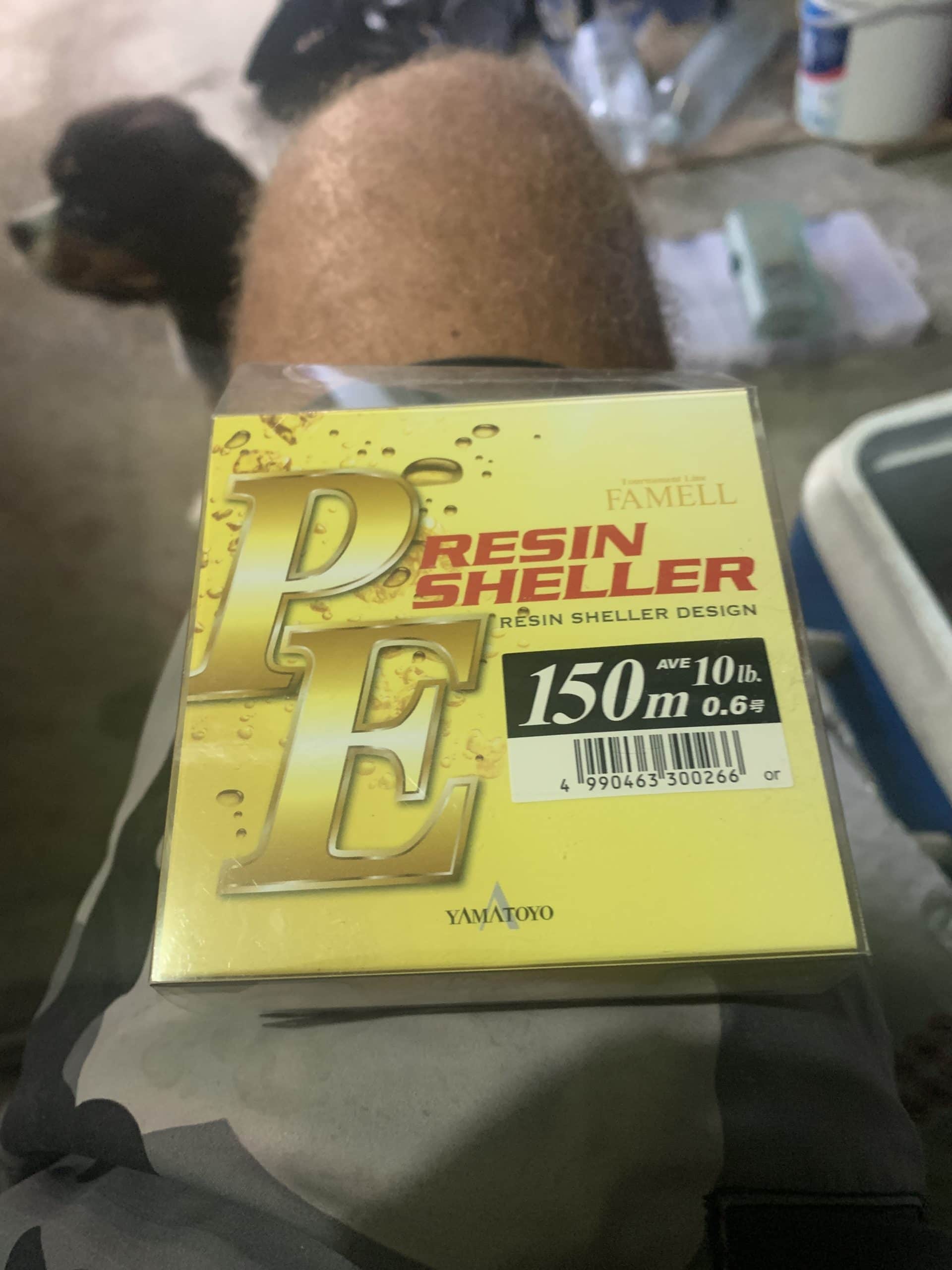
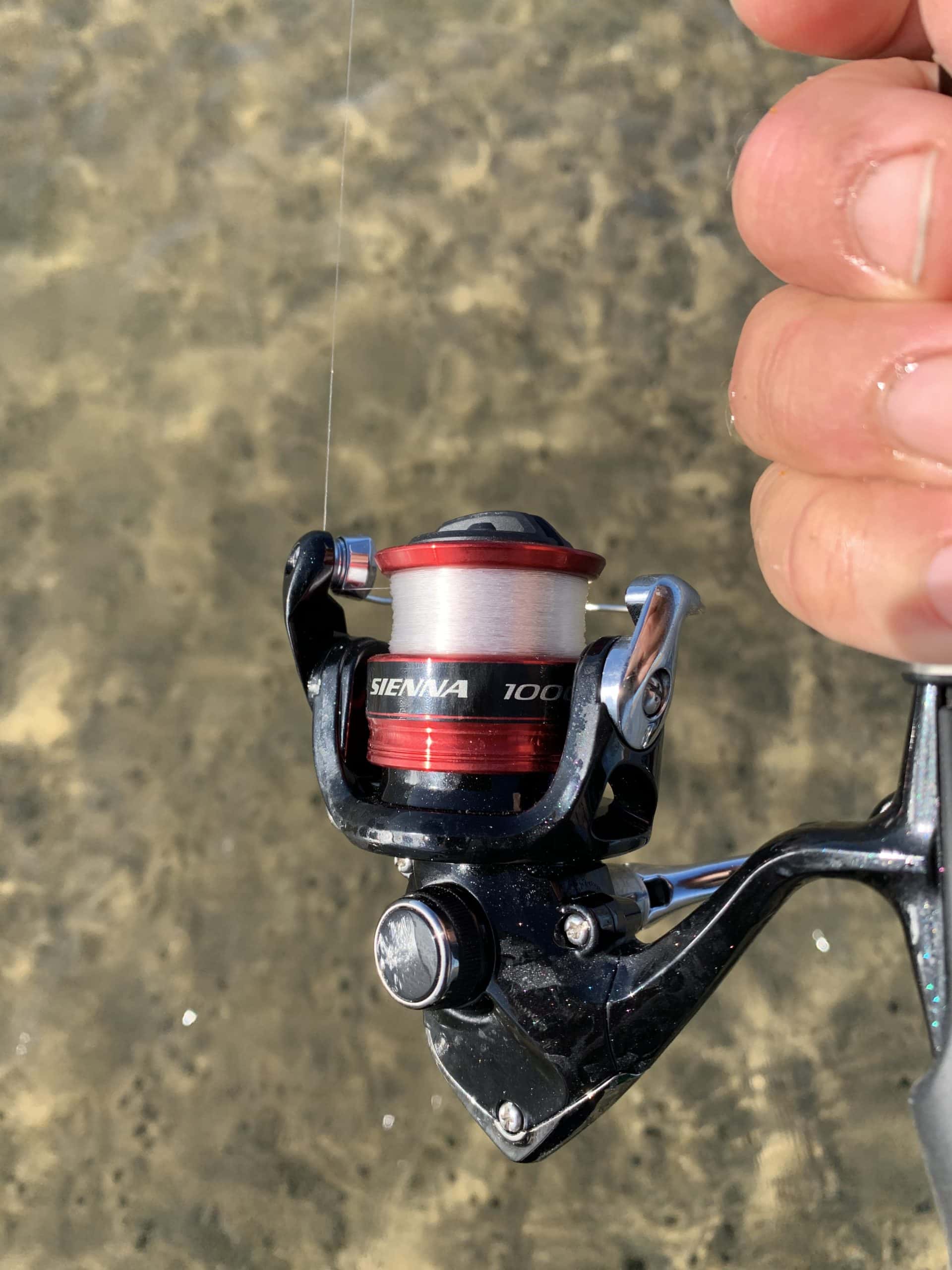
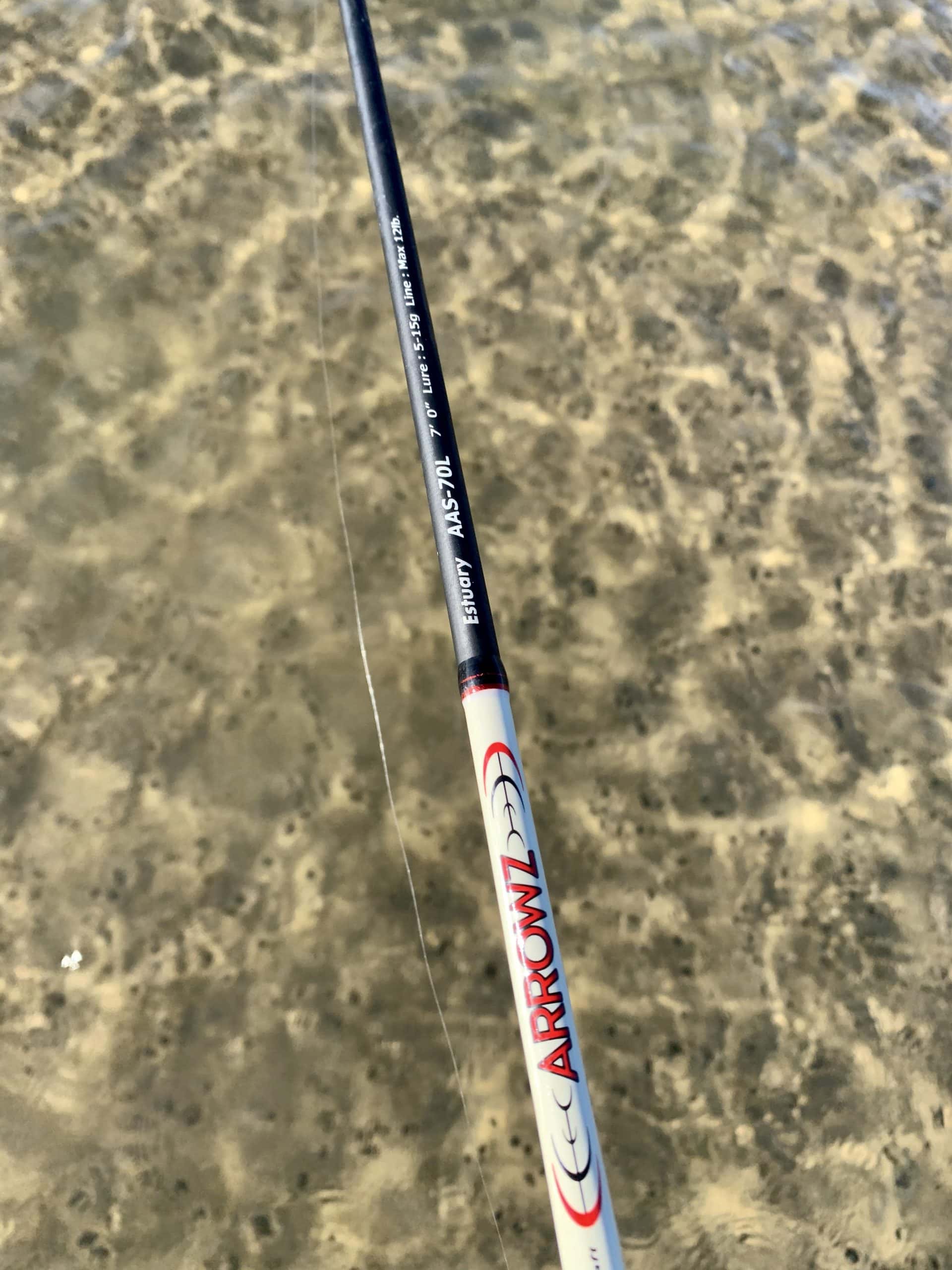
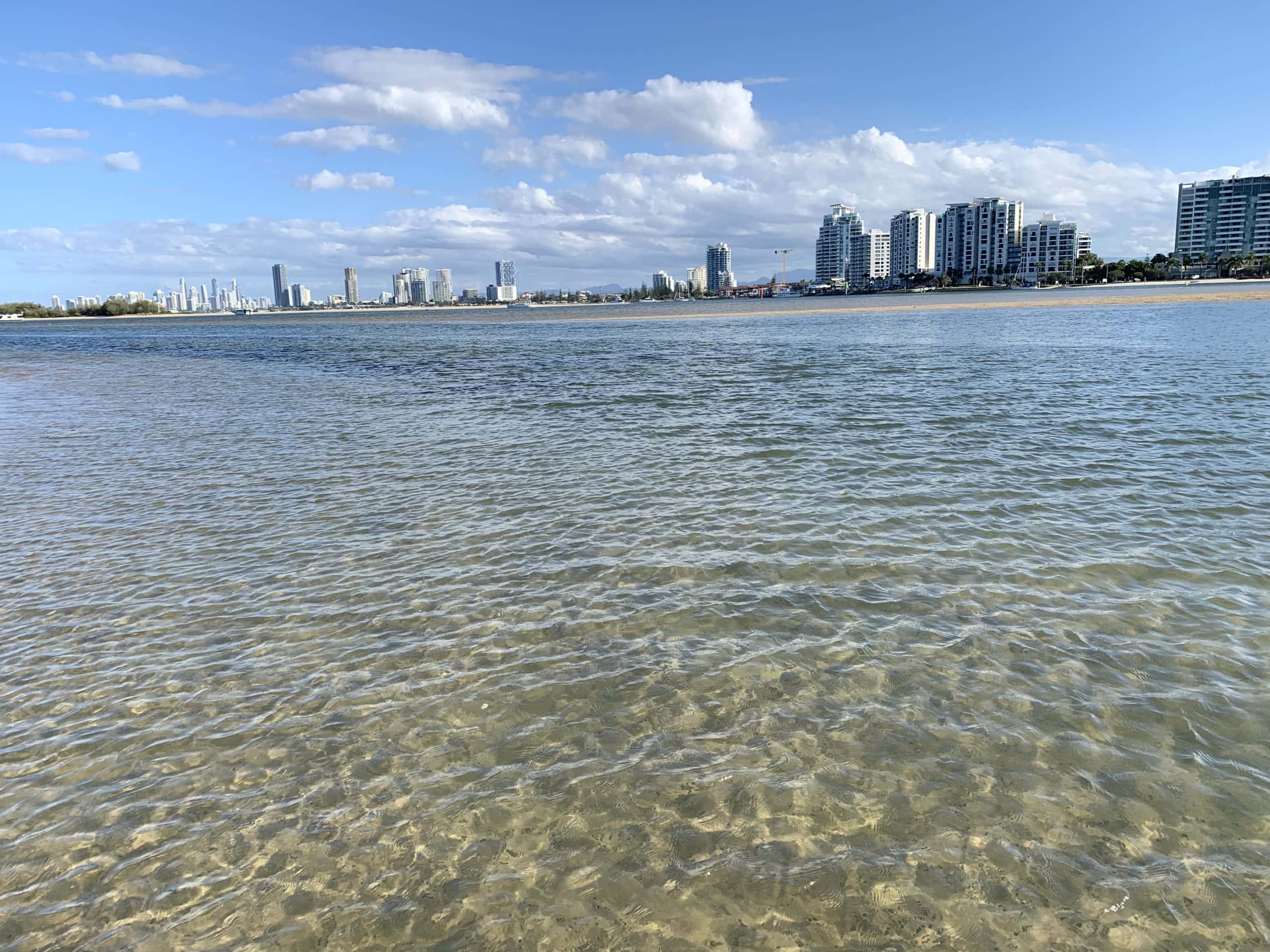
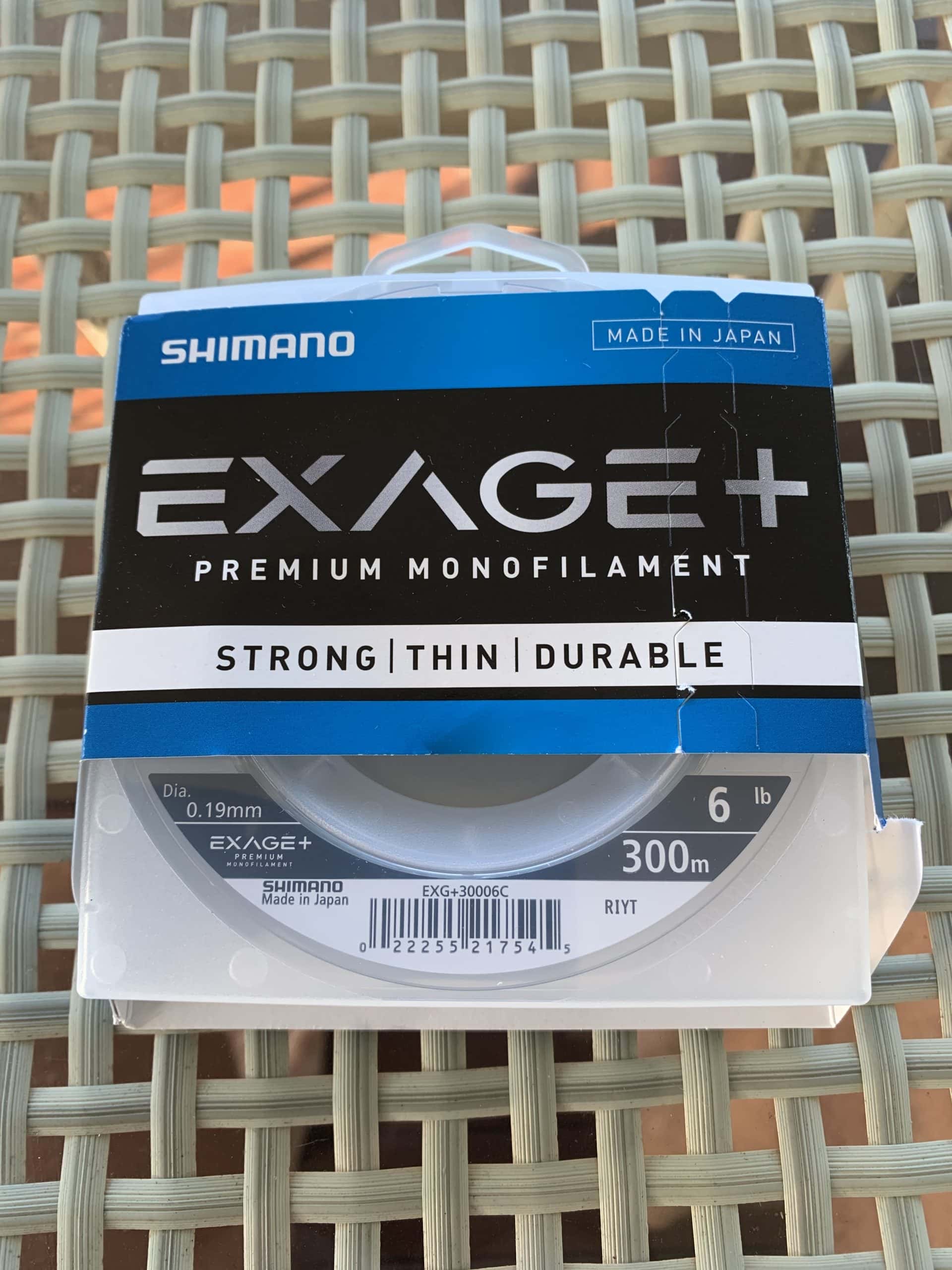

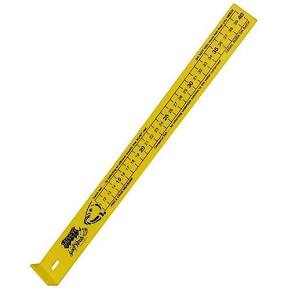

Cheers
Clint
M: 0432 990 302
facebook.com/bradsmithfishingcharters
LINKS:
I find the Seabreeze website quite accurate with their forecasts when planning the next day’s fishing, but I always check the bureau of meteorology’s forecasts as well.
Weather forecasts
Gold Coast marine:
https://www.seabreeze.com.au/weather/wind-forecast/qld-gold-coast
http://www.bom.gov.au/qld/forecasts/gold-coast-waters.shtml
Surfers Paradise land forecast:
http://www.bom.gov.au/qld/forecasts/surfers-paradise.shtml
Tide times
Gold Coast seaway:
http://www.bom.gov.au/australia/tides/#!/qld-gold-coast-seaway
Latest observations:
http://www.bom.gov.au/products/IDQ60801/IDQ60801.94580.shtml
Almanac/ best bite times:
Search “fishing times” on app store
[cn-social-icon]
[ninja_form id=4]

